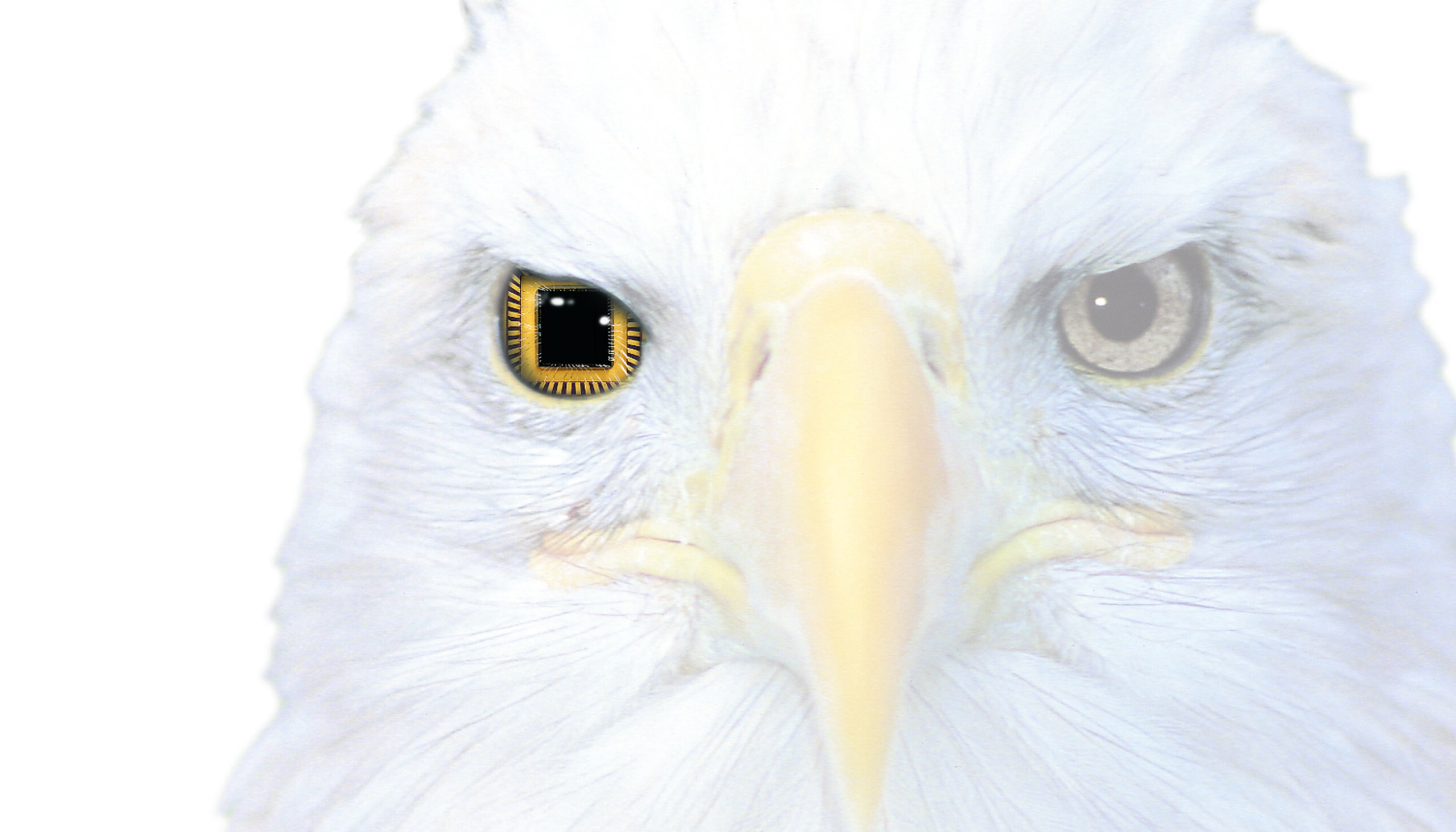SANTA CLARA, CA — December 15, 2008 — OMNIVISION Technologies, Inc. (Nasdaq: OVTI), a leading global supplier of CMOS image solutions, today announced that its OmniBSI™ backside illumination (BSI) architecture has been selected by Electronic Design Magazine as the 2008 ‘Best Image Sensor Technology’. The publication’s annual ‘Best Electronic Design’ awards are based on editor’s choice of the most significant designs and innovations introduced throughout the year. OMNIVISION’s OmniBSI™ technology was selected for its revolutionary approach to digital imaging.
“OmniBSI™ illumination is a perfect example of innovative thinking: taking an otherwise high-end technology and making it both viable and cost effective across numerous markets,” said Matthew Dirjish, component editor at Electronic Design Magazine.
“We’re honored to receive such a prestigious award as it recognizes and validates our continued rise as the technology innovation leader in digital imaging,” said James He, OMNIVISION COO. “More importantly, OmniBSI™ enables our customers to continue developing smaller cameras with higher resolution thus providing consumers with better image quality and more features.”
About OmniBSI™ Technology
Developed with support from long-time foundry and process technology partner, Taiwan Semiconductor Manufacturing Corporation, BSI methodology involves turning the sensor upside down so that it collects light through what was previously the backside of the sensor, the silicon substrate. This approach differs from conventional front-side illumination (FSI) image sensors, where the amount of light reaching the photo-sensitive area is limited, in part, by the multiple metal and dielectric layers required to enable the sensor to convert photons into electrons.
This novel approach optimizes light absorption, enabling OMNIVISION to build a 1.4 micron BSI pixel that surpasses all the performance metrics of 1.4 micron, and even most 1.75 micron, FSI pixels. OmniBSI™ architecture delivers a number of performance improvements over FSI, including increased sensitivity per unit area, improved quantum efficiency, reduced cross talk and photo response non-uniformity, which all lead to significant improvements in image quality. Since light directly strikes the silicon, the fill factor of the image sensor is significantly improved so as to deliver best-in-class low-light sensitivity. A much higher chief ray angle enables shorter lens heights which in turn allows for thinner camera modules, which are ideal for use in the next generation of ultra-thin mobile phones. Finally, BSI technology affords a much larger aperture size, which allows for lower f-stops facilitating the development of better performing camera modules with superior camera performance.
Safe-Harbor Language
Certain statements in this press release, including statements regarding the expected benefits, performance and capabilities of OmniBSI™ technology are forward-looking statements that are subject to risks and uncertainties. These risks and uncertainties, which could cause the forward-looking statements and OMNIVISION’s results to differ materially, include, without limitation: potential errors, design flaws or other problems with OmniBSI™ technology, customer acceptance, demand, and other risks detailed from time to time in OMNIVISION’s Securities and Exchange Commission filings and reports, including, but not limited to, OMNIVISION’s annual report filed on Form 10-K and quarterly reports filed on Form 10-Q. OMNIVISION expressly disclaims any obligation to update information contained in any forward-looking statement.

